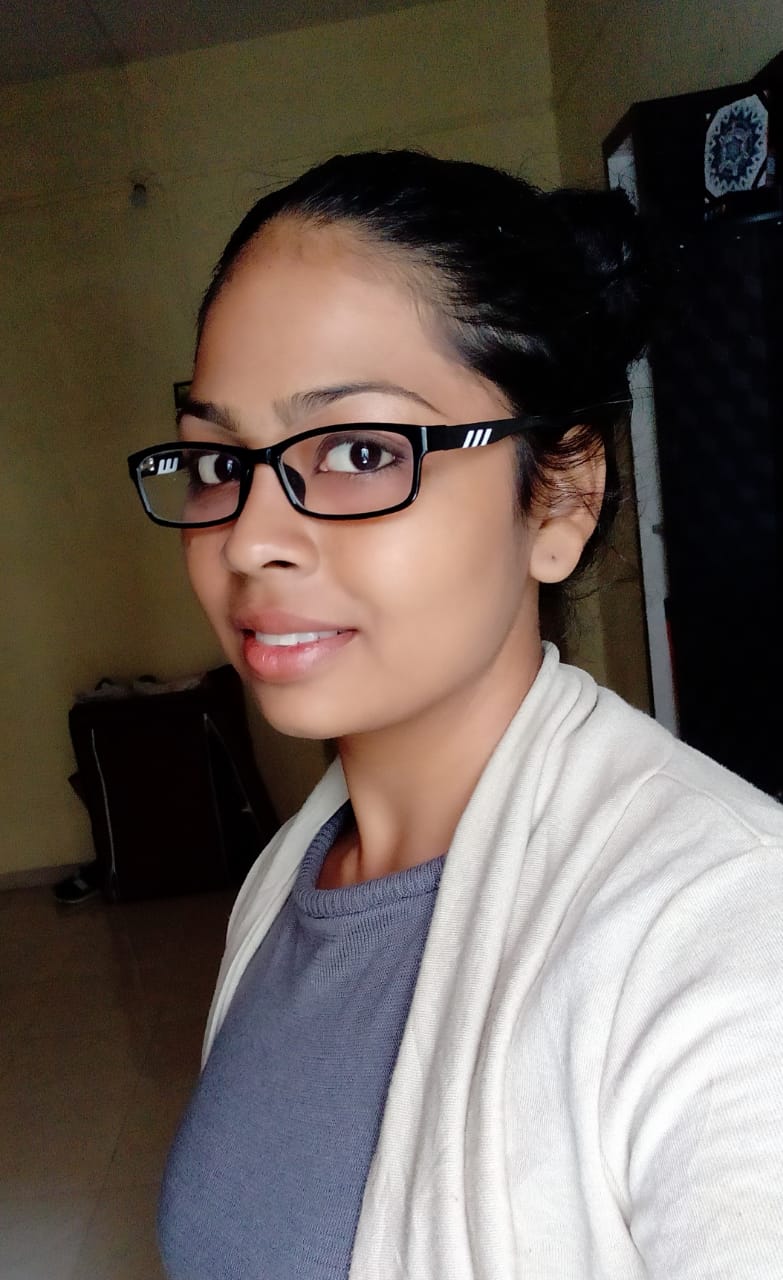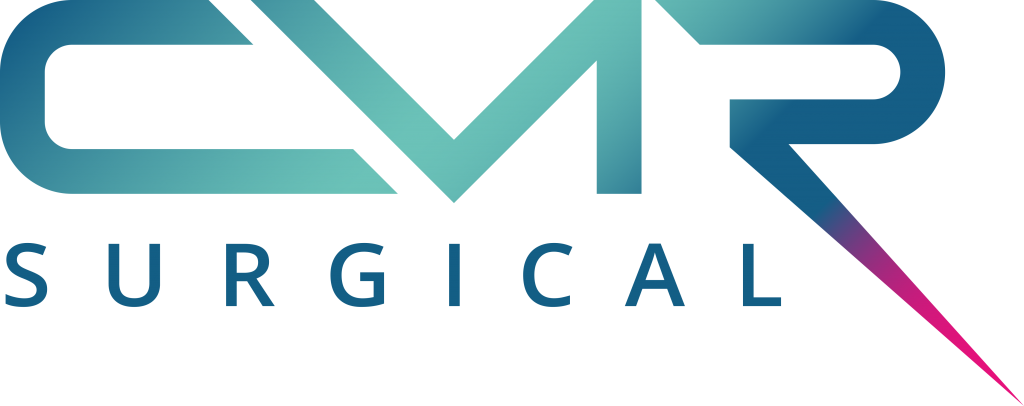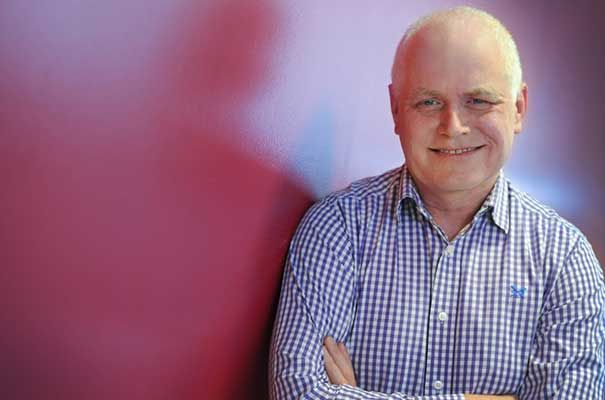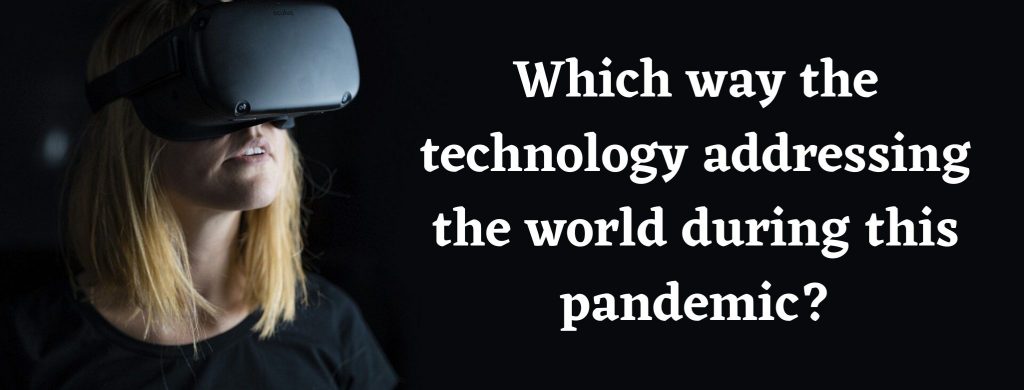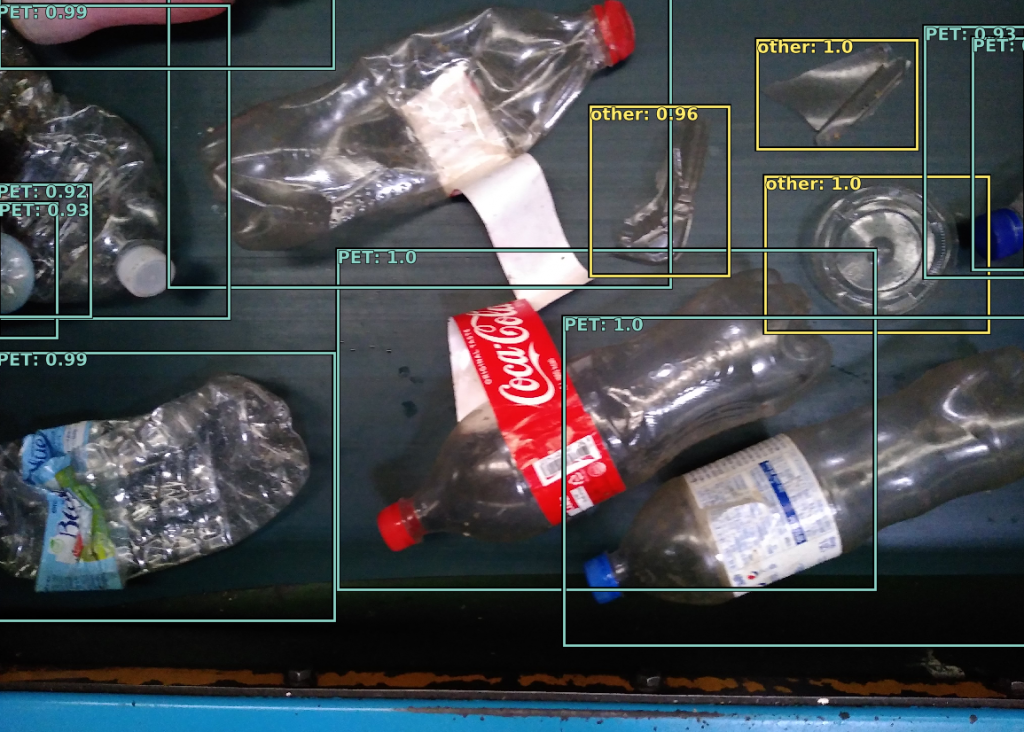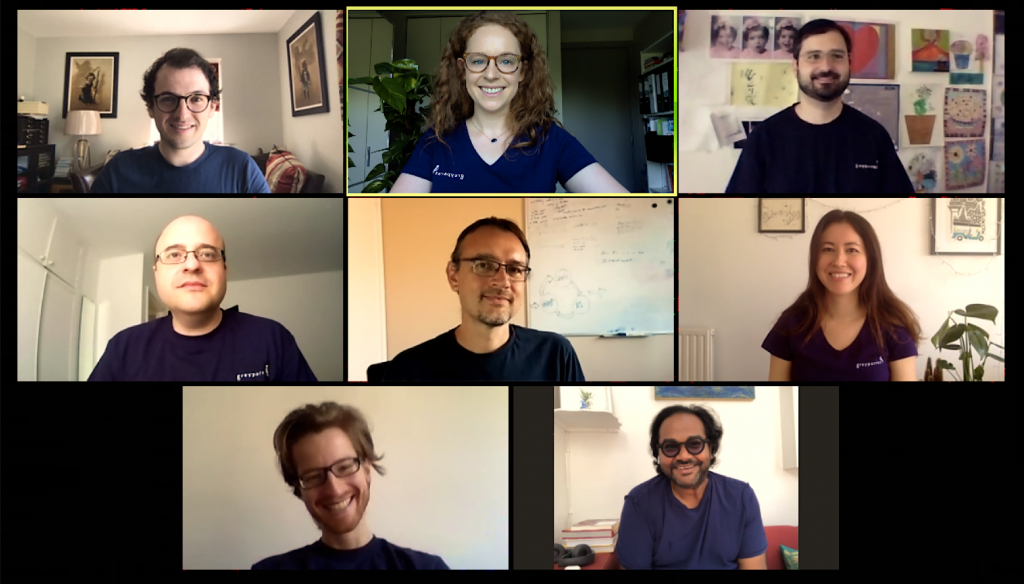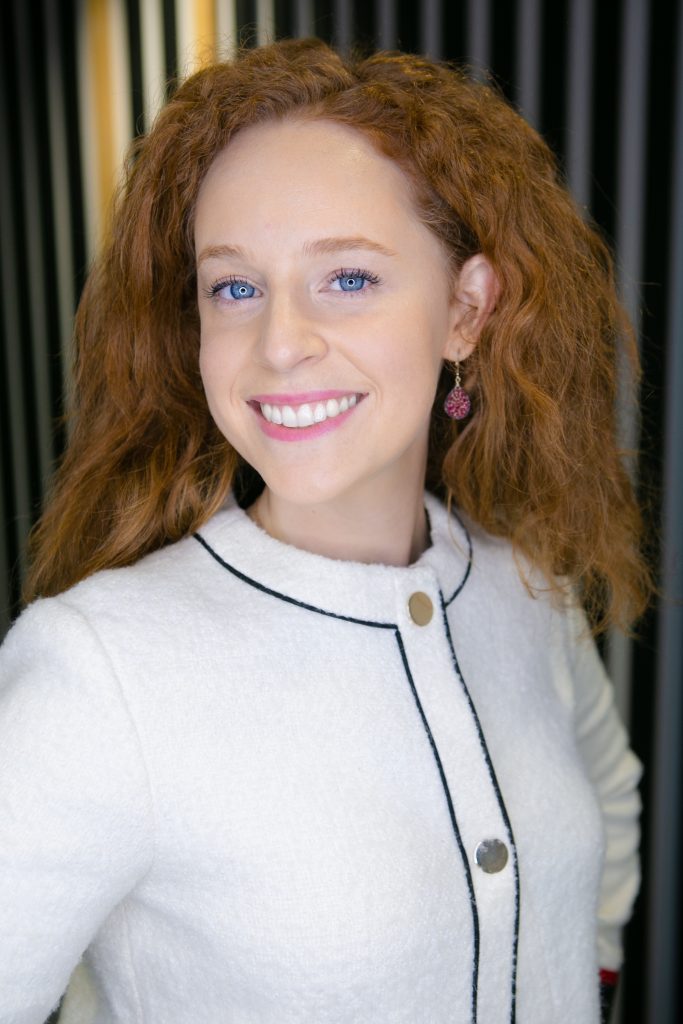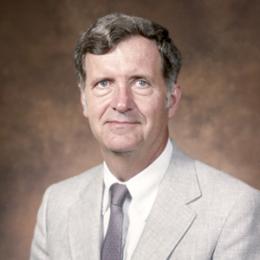Elon Musk’s Neuralink puts computer chips in a Pig’s brain to treat disease.
On 29th August 2020, Elon Musk’s startup, Neuralink revealed a big experiment they are carrying out. The main source of the news is Reuters. Neuralink has put a coin-sized computer chip inside a pig’s brain for the past two months. The name of the pig is Gertrude and it is in the early stage of the experiment to analyze if the same concept can be applicable for human brains. According to Elon Musk, this can be a way to cure many diseases in the human body.
Neuralink is a neuroscience-based startup founded in 2016 by Tesla Inc and Elon Musk. Current experimentation of the company involves treating major human diseases by implanting wireless brain-computer interfaces. Musk delivered this news on a webcast last Friday. The timeline for human trials has not been mentioned yet.
Three little pigs
Musk has given a presentation virtually and it is called “three little pigs” demo. The demo showed Gertrude, the pig whose brain has been implanted with the computer chip in a position that controls the snout. After some coaxing by Elon Musk, it began performing some activities like eating off a stool and sniffing the straws which led to show striking changes in the graphs monitoring the neural activity.
Musk also revealed that the experimentation has been carried out in three such pigs having two brain implants each. The implanted pigs are physically indistinguishable from any regular pigs and there are no abnormalities in them. Moreover, the pigs with implantation have shown greater accuracy in limb movement during a treadmill run. The conclusion has been reached using the implant data. These pigs are now often described as “Cypork”.
Human trial
Previously, Musk has mentioned about the human trials beginning at the end of this year. But, on Friday, Elon Musk has not mentioned any specific timeline for the beginning of the human trail. Dr. Matthew MacDougall, the head surgeon of Neuralink said that the first clinical trial on humans will focus on a small group of patients suffering from paraplegia or paralysis. The company also confirmed that it has made many great innovations for the past four years and the long studies have come to an end. This might mean that the trails will begin shortly since the implantation in animals has shown positive results.
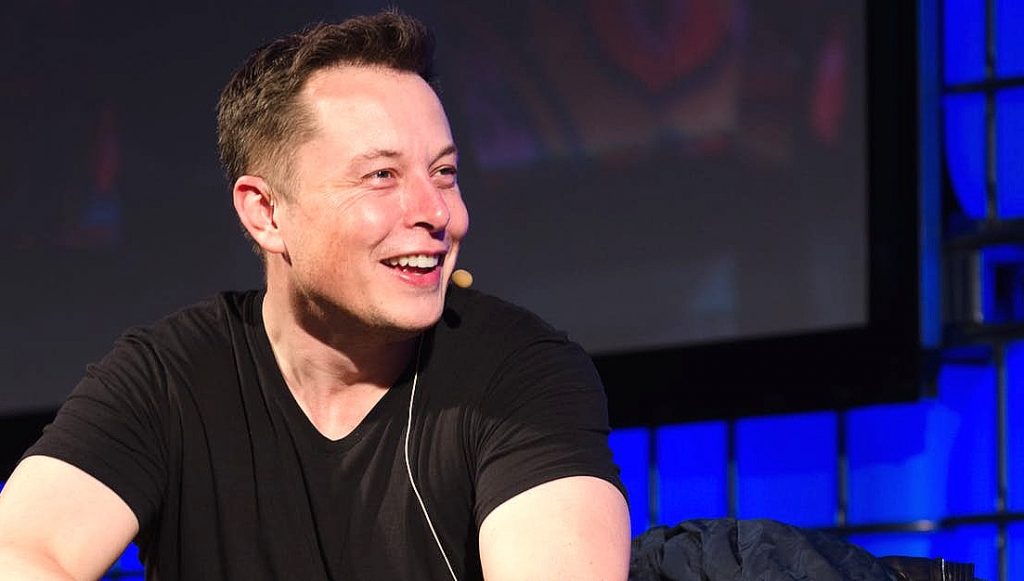
Treating several diseases
Elon Musk has said the implantation device can solve many actual diseases in the human body like memory loss, hearing aid, depression, and insomnia. There are thousands of electrodes present in the computer chip which interacts with the human brain to cure complex neurological problems. Severe conditions like Alzheimer’s disease, dementia, spinal cord, injuries, etc can be cured as well. The size of the Neuralink’s chip is approximately 23 mm in diameter. Musk described it as “a Fitbit in your skull with tiny wires.” So, it is impossible to distinguish a person with implantation from a normal person. In 2020, around 5.8 million Americans are diagnosed with Alzheimer’s dementia. So, an invention like this will be a big scientific and medical breakthrough. But, once it becomes a success, viability will be the main concern.
Expert’s feedback
In response to the high success rate of this experimentation, Graeme Moffat, a neuroscience research fellow from the University of Toronto said that Neuralink’s advancements are ahead of its time. The superior design of the computer chip with efficient power management, wireless technology, and smaller size makes it very innovative and impactful. One of the neuroscientists from Stanford University said that the company has made huge progress since last year’s demonstration about the chip.
But, some of them have contradicted the statement regarding the end of longer studies. A few fellow researchers around the world said longer studies might be required to determine the longevity of the device. Since the experts can read the brain waves after the chip has been implanted it will lead to a better understanding of the brain activity while suffering a disease.
Similar advancements
Musk’s neuroscience start-up, Neuralink has received $158 million in funding. But, he said that the main reason for Friday’s event was recruiting and not fundraising. Musk also spoke about AI and its role in this new Neuralink’s chip. He also said other companies like Kernel and Paradromics are carrying out similar experiments.

Annasha Dey is an NIT student, who apart from studying engineering is also a content writer. She has a great interest in photography, writing, reading novels, and travelling as well. She is a foodie who loves socializing and hanging out with her friends. She is also a trained Kathak dancer and a big fashion enthusiast. Dey also loves watching TV series, which includes F.R.I.E.N.D.S. and Big Bang Theory. To be a better writer she prefers to read more


